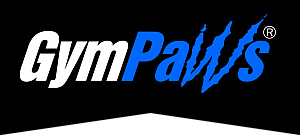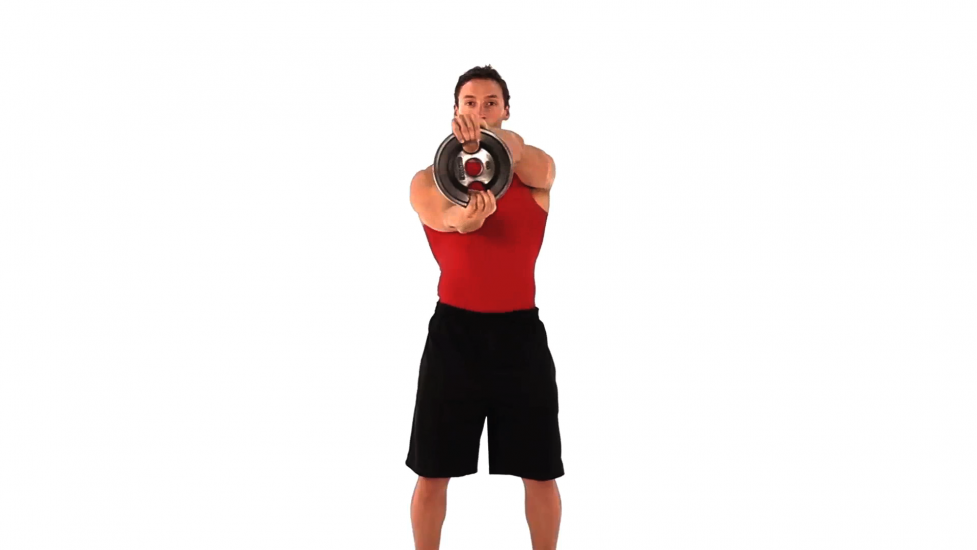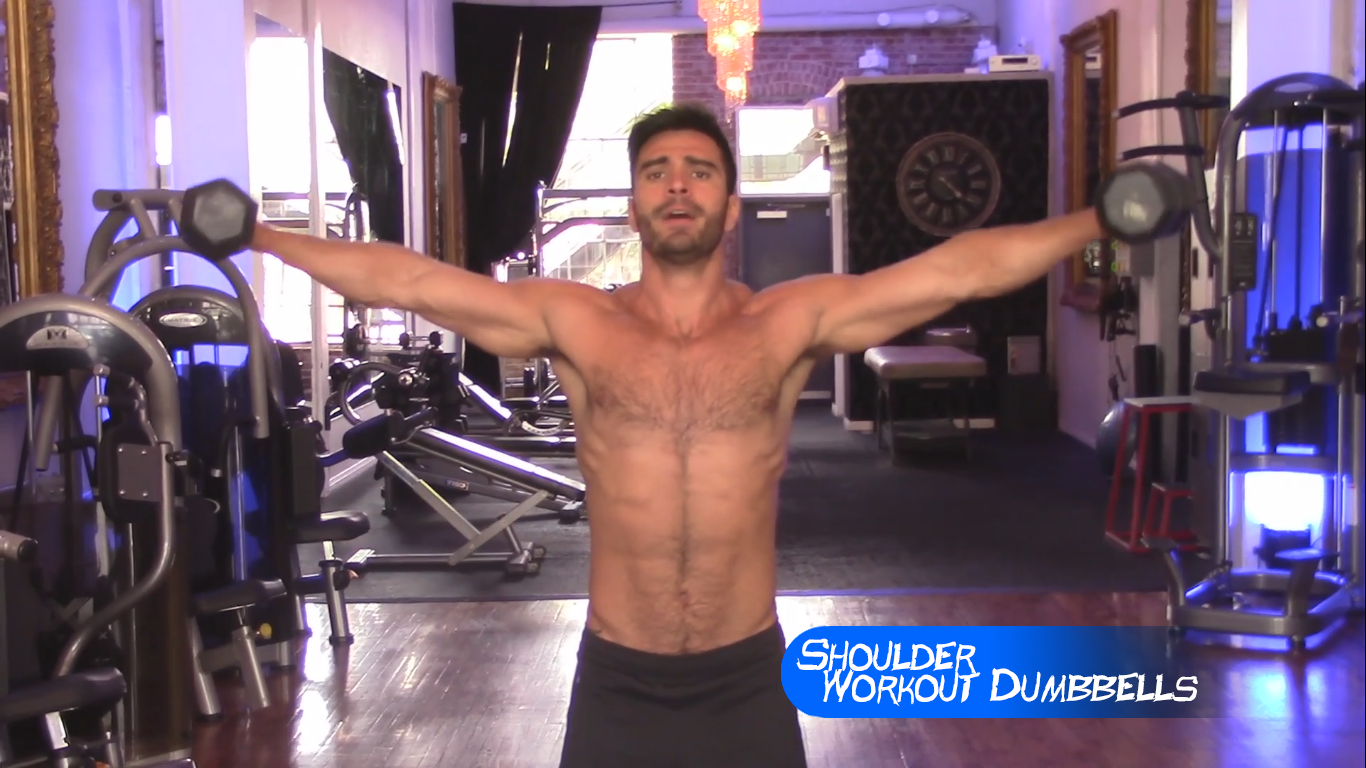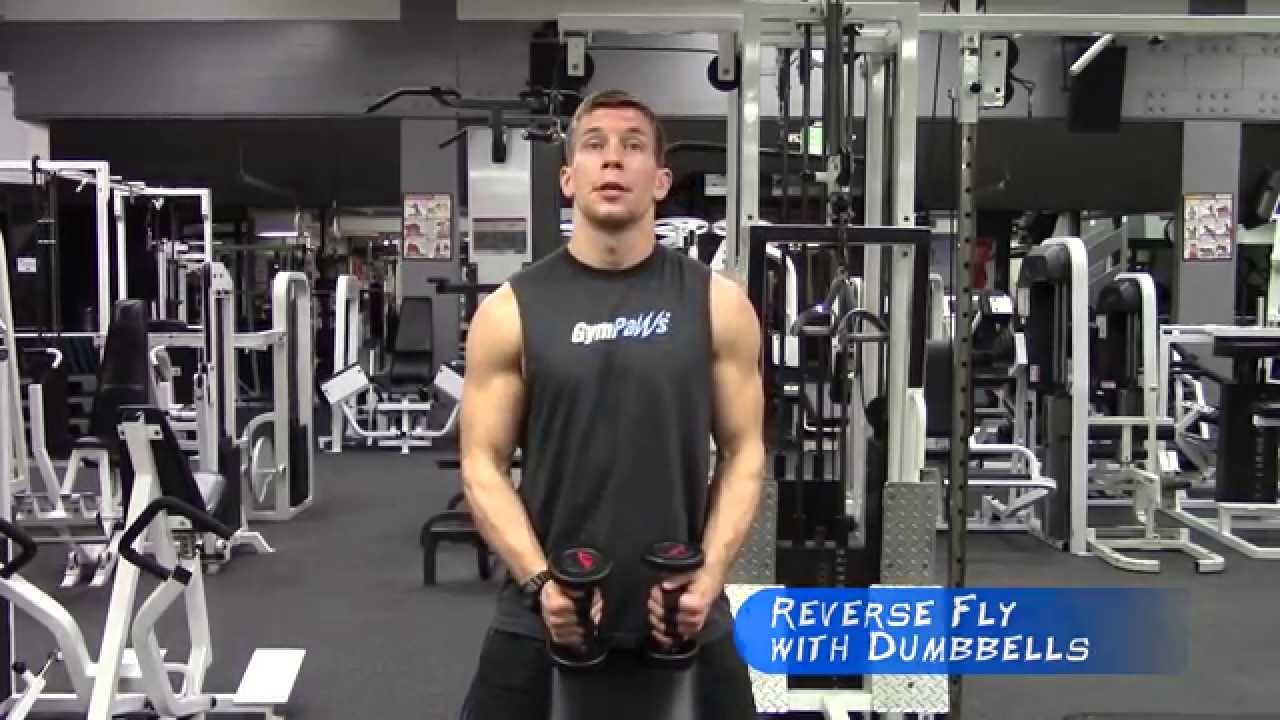
Best Shoulder Workout – Get Those Mushroom Caps!
 What’s the Best Shoulder Workout you ask? Well like any muscle group you train the best workout is the one you’re going to do properly and consistently. Get your mind-body connection in check before you hit the gym by understanding how your shoulder muscles actually work. Then with a plan in place, you might just be on your way to getting the broad mushroom cap shoulders you want!
What’s the Best Shoulder Workout you ask? Well like any muscle group you train the best workout is the one you’re going to do properly and consistently. Get your mind-body connection in check before you hit the gym by understanding how your shoulder muscles actually work. Then with a plan in place, you might just be on your way to getting the broad mushroom cap shoulders you want!
Shoulder Anatomy
Most people focus on training 3 parts of the shoulder or delts based on the three heads of the muscle. The anterior deltoid (front), lateral deltoid (middle or side) and posterior deltoid (back). These are the three muscles of the shoulder that when well developed, form the “mushroom cap” of the upper arm. The shoulder muscles and joints are one of the most complex and most mobile joints of the body. Because the shoulder allows for an extensive range of motion it is one of the least stable muscle groups and joints of the body and for this reason, it’s one of the most commonly injured. One of the most common shoulder injuries involves the rotator cuff. Improper form when doing chest exercises can cause the tendons of the Rotator cuff to rub along the Acromion joint causing inflamation, pain and chronic problems if not recognized early enough.
Best Shoulder Workout
Focus on proper form before increasing weight. The shoulder muscles are engaged with nearly every single upper body exercise you do. If you have unstable or weak shoulders, your entire workout will suffer whether you realize it or not! Try mastering these three shoulder exercises.
1. Seated Shoulder Press or Military Press. This is the gold standard of shoulder exercises just as the basic chest press  is for chest. A should press is done while seated and a military press is done standing. The movement for both is the same however the result is slightly different. Standing shoulder presses (military press) requires greater upper body stability and engages the biceps and triceps moreso than it’s seated counterpart.¹ The Seated Shoulder Press and/or Military Press work all three of the major heads of the shoulder muscle. 1. Saeterbakken, A.H. and M.S. Fimland, “Effects of Body Position and Loading Modality on Muscle Activity and Strength in Shoulder Presses” Journal of Strength and Conditioning Research” 27 (7): 1824–1831, 2013 Tips: Don’t overextend the movement at the top of the exercise. Your shoulders should not “raise up” when you’re at the top of the press. Extend your arms up until your elbows are close to being locked out (straight). Having a pair of workout gloves or lifting grips will help ease hand fatigue and allow you to focus on form a lil better.
is for chest. A should press is done while seated and a military press is done standing. The movement for both is the same however the result is slightly different. Standing shoulder presses (military press) requires greater upper body stability and engages the biceps and triceps moreso than it’s seated counterpart.¹ The Seated Shoulder Press and/or Military Press work all three of the major heads of the shoulder muscle. 1. Saeterbakken, A.H. and M.S. Fimland, “Effects of Body Position and Loading Modality on Muscle Activity and Strength in Shoulder Presses” Journal of Strength and Conditioning Research” 27 (7): 1824–1831, 2013 Tips: Don’t overextend the movement at the top of the exercise. Your shoulders should not “raise up” when you’re at the top of the press. Extend your arms up until your elbows are close to being locked out (straight). Having a pair of workout gloves or lifting grips will help ease hand fatigue and allow you to focus on form a lil better.
2. Front Plate Raises. The reason I like plate raises versus dumbbell raises is that because grasping the plate with both hands allows for a bit more stability. Front plate raises will work the anterior delts (front).
 3. Rear-Delt Pec Deck. Rear delts (back of the shoulders) are a very small muscle group. Take a look at most of the guys at the gym and few have well developed rear delts for a reason. They’re difficult to isolate as most movements also engage the upper back muscle groups. If you’re attempting to train the rear delts using too much weight, your body will naturally call in the other muscle groups to complete the task. Tips: Before beginning the movement focus on rotating your shoulders back and pinching your shoulder blades together. FOCUS on the muscle you’re training, not just moving the weight and don’t overextend your arms past you back. Imagine you’re pressed up against a flat surface when you’re doing this movement.
3. Rear-Delt Pec Deck. Rear delts (back of the shoulders) are a very small muscle group. Take a look at most of the guys at the gym and few have well developed rear delts for a reason. They’re difficult to isolate as most movements also engage the upper back muscle groups. If you’re attempting to train the rear delts using too much weight, your body will naturally call in the other muscle groups to complete the task. Tips: Before beginning the movement focus on rotating your shoulders back and pinching your shoulder blades together. FOCUS on the muscle you’re training, not just moving the weight and don’t overextend your arms past you back. Imagine you’re pressed up against a flat surface when you’re doing this movement.




